The Iron Grip of Curfews
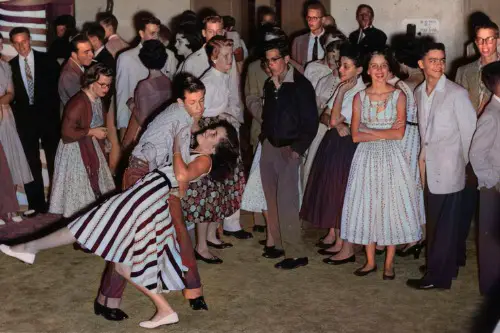
Parents in the 1950s ran their households with military precision, and curfews were no joke, according to WHYY. If you were supposed to be home by 10 p.m., you had to be home by 10 p.m.—no excuses. Many teens recall the dread of seeing their father waiting on the porch, belt in hand, if they were even a few minutes late. The fear of punishment often outweighed the fun of staying out longer.
But that didn’t mean teens didn’t try to push the limits. Some snuck in through bedroom windows or faked a flat tire to explain their tardiness. Others made deals with siblings to cover for them, though this sometimes backfired. Getting caught usually meant being grounded for a week—if not longer.
Drive-In Theaters Were the Ultimate Escape

Before malls and fast-food joints became teen hangouts, drive-in theaters were the place to be, according to the New York Film Academy. For just a dollar per carload, you and your friends could pile into someone’s dad’s Chevy and spend the night watching double features. Of course, not everyone was there for the movies—these theaters were prime spots for making out. Some even referred to them as “passion pits” for a reason.
Parents and community leaders worried about what went on in the back seats, but teens saw drive-ins as a rare space without adult supervision. Some brought blankets to cover the windows for extra privacy. Others took advantage of the cheap snacks and used the night as a chance to socialize. Either way, it was a place where teenagers could actually feel like teenagers.
Rebellion Was as Simple as a Ducktail Haircut

A boy didn’t need to get a tattoo or pierce his ear to be labeled a rebel in the 1950s. All it took was slicking his hair into a ducktail style—combed back on the sides and flipped at the nape of the neck, according to Vintage Dancer. Schools often banned this look, calling it a sign of delinquency, but that only made it more appealing. The hairstyle, popularized by stars like Elvis Presley and James Dean, became a silent way to push back against authority.
Girls had their own ways of bending the rules, like rolling up their skirt waistbands to make them shorter. Some smuggled lipstick to school, even though makeup was considered too “fast” for nice girls. Others swapped their saddle shoes for pointed-toe flats, mimicking Hollywood starlets. It didn’t take much to be labeled a troublemaker, but that only made rebellion more tempting.
Segregation Was an Everyday Reality
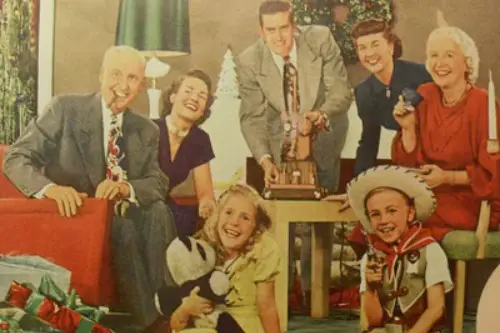
Growing up in the 1950s meant living in a world where racial segregation was still widely accepted, the Library of Congress explains. Many teens attended all-white or all-Black schools, drank from separate water fountains, and had segregated prom nights. In some parts of the country, interracial dating wasn’t just frowned upon—it was illegal. Teens of color had to navigate constant discrimination, even in places as seemingly harmless as a soda shop.
At the same time, the decade saw the first stirrings of change. Brave teenagers, like the Little Rock Nine, challenged segregation by integrating white schools, facing daily harassment. Some white teens started questioning the status quo, influenced by Black musicians and cultural shifts. But for most, this wasn’t just history—it was their daily life.
Rock ‘n’ Roll Was Scandalous—and Addictive
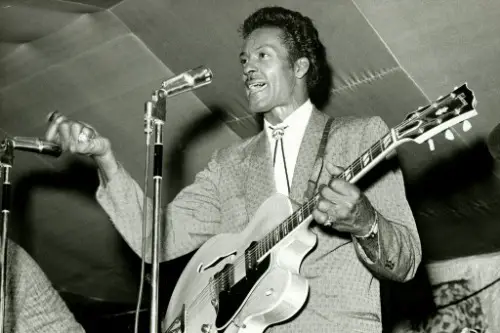
Today, rock ‘n’ roll is considered tame, but in the 1950s, it was seen as dangerously rebellious, according to the University of Southern Indiana. Parents, teachers, and religious leaders called it “the devil’s music,” fearing it would corrupt innocent teens. Elvis Presley’s hip-shaking was considered so inappropriate that TV shows filmed him only from the waist up. But despite (or maybe because of) the controversy, teens couldn’t get enough.
They saved up allowance money to buy records by Little Richard, Chuck Berry, and Buddy Holly. They crowded around radios and juke joints, dancing with a freedom that horrified their elders. Some kids even got in trouble for playing records too loudly in their bedrooms. Rock ‘n’ roll wasn’t just music—it was a cultural revolution.
Dating Had Strict Rules—Especially for Girls
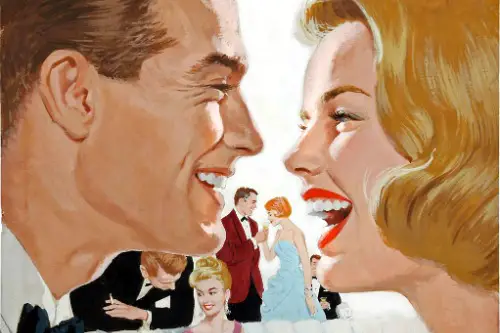
The 1950s had very clear expectations for dating, and most of them revolved around what girls shouldn’t do. A proper young lady never called a boy first, never paid for a date, and certainly never made the first move. If a boy was interested, he had to call her home phone and ask her parents’ permission to take her out. If she was caught kissing too many boys, she risked being labeled “fast” or worse.
Guys, on the other hand, had more freedom. They were expected to drive, plan the date, and pay for everything. “Going steady” often involved giving a girl a class ring or letterman jacket to wear as a sign of commitment. But if a relationship ended, the girl was usually the one who faced the most judgment.
Smoking Was Everywhere—and Totally Normal
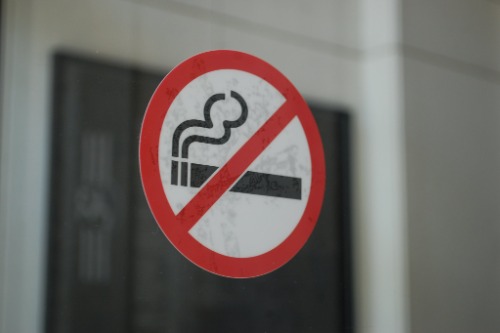
Teenagers in the 1950s grew up in a world where smoking was not only common but encouraged. Movie stars, teachers, and even doctors were shown lighting up in advertisements. Many kids had their first cigarette before they even hit high school, and no one batted an eye. In fact, it was often considered sophisticated, especially for boys.
Cigarettes were easy to get—older siblings, vending machines, and even some corner stores had no problem selling to minors. Teens smoked in diners, at school dances, and even in some classrooms. The health risks weren’t widely known, so there was little reason to quit. It wasn’t until the 1960s that attitudes began to shift.
Schools Had Strict Dress Codes
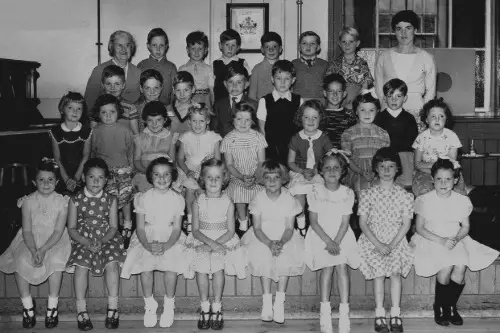
Forget ripped jeans and hoodies—school dress codes in the 1950s were serious business. Boys had to wear collared shirts, neatly tucked into belted trousers, and their hair couldn’t be too long. Girls were expected to wear skirts that hit below the knee, stockings, and modest blouses. Some schools even measured hemlines to ensure they weren’t too short.
Violating the dress code could mean detention, being sent home, or even suspension. Some girls would roll their skirts up after leaving home, only to roll them back down before school. Boys who let their hair get too shaggy were often sent to the principal for a “talking to.” Looking respectable wasn’t just a rule—it was a reflection of family values.
The Fear of the Draft Was Always Looming
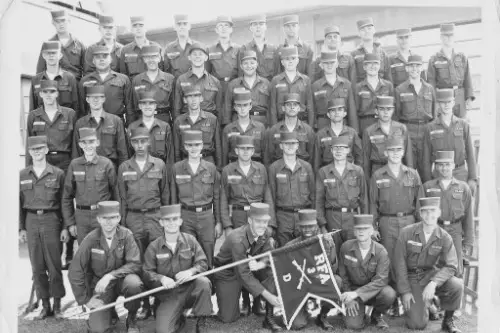
For teenage boys in the 1950s, the possibility of being drafted into the military was a constant reality. While World War II had ended, the Korean War (1950-1953) meant that many young men still faced conscription at just 18. Some high school seniors knew older brothers or neighbors who had already been sent overseas. Even if a war wasn’t actively raging, the draft was a looming presence in their future.
Some boys planned their careers around avoiding the draft, enrolling in college or seeking deferments. Others felt pressure to serve, as patriotism was drilled into them from a young age. Parents often encouraged their sons to enlist voluntarily rather than be drafted, believing it gave them more control over their fate. Either way, the idea of being sent off to war made growing up in the 1950s uniquely stressful for young men.
Getting Married Young Was the Norm
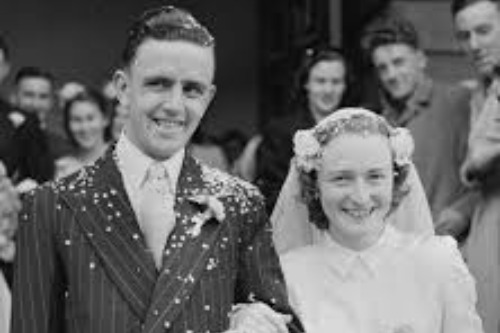
Teenagers in the 1950s didn’t have the luxury of “finding themselves” before settling down. Many got engaged right out of high school—or even before graduation—because marriage was expected early. The average age for marriage was around 20 for men and just 19 for women, and being single past 25 was considered unusual. A girl who went to college was often expected to earn her “MRS degree” and find a husband before she finished school.
Pregnancy before marriage was scandalous, so couples rushed to the altar if there was even a hint of an unplanned baby. Divorce was rare and heavily stigmatized, meaning many young couples stayed together even if they were unhappy. Some teens were pressured into marriage by their families, believing it was the only path to a stable future. While some found true love, others looked back and wished they had waited.
Teenagers Had to Find Their Own Fun
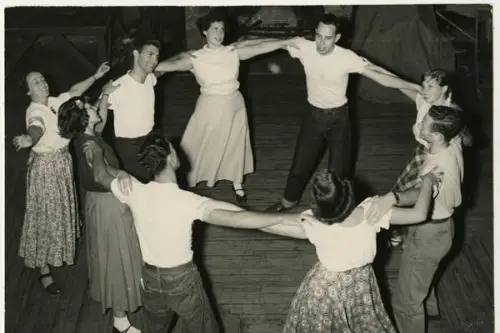
Unlike today, where entertainment is at our fingertips, 1950s teens had to be creative about having fun. There were no smartphones, video games, or streaming services—so social life revolved around whatever was available. Kids hung out at malt shops, roller rinks, or the local bowling alley. Cruising in cars, driving aimlessly through town, and seeing who they could run into was a weekend pastime.
Prank calls were a popular way to pass the time, and some kids even played chicken with their cars—dangerous but thrilling. For the more wholesome crowd, sock hops and school dances were a major event. Some teens got their kicks by sneaking into restricted places, like abandoned buildings or closed-off fairgrounds. They made their own entertainment, and that often led to the kind of trouble parents dreaded.
The Future Felt Both Exciting and Uncertain
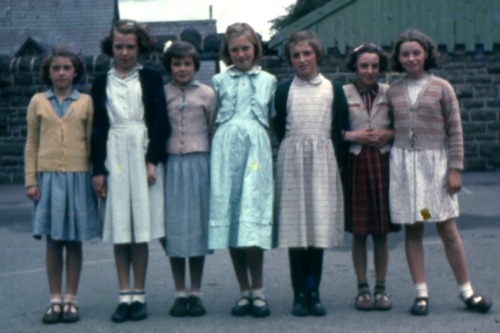
Despite the strict rules, social pressures, and looming responsibilities, there was also an undeniable sense of excitement about the future. America was booming, and there was a belief that life would only get better. Teens dreamed of buying their own homes, starting families, and having steady jobs right after high school. The rise of television, fast cars, and new music genres made it feel like they were living through something revolutionary.
But there were also fears—about war, about fitting into rigid societal roles, and about what would happen if they didn’t follow the expected path. Not everyone wanted to get married young or work in a factory for life, but alternatives were limited. Some felt stuck in the traditions of their parents, even as culture was changing around them. The 1950s were an era of transition, and teenagers were caught right in the middle of it.


